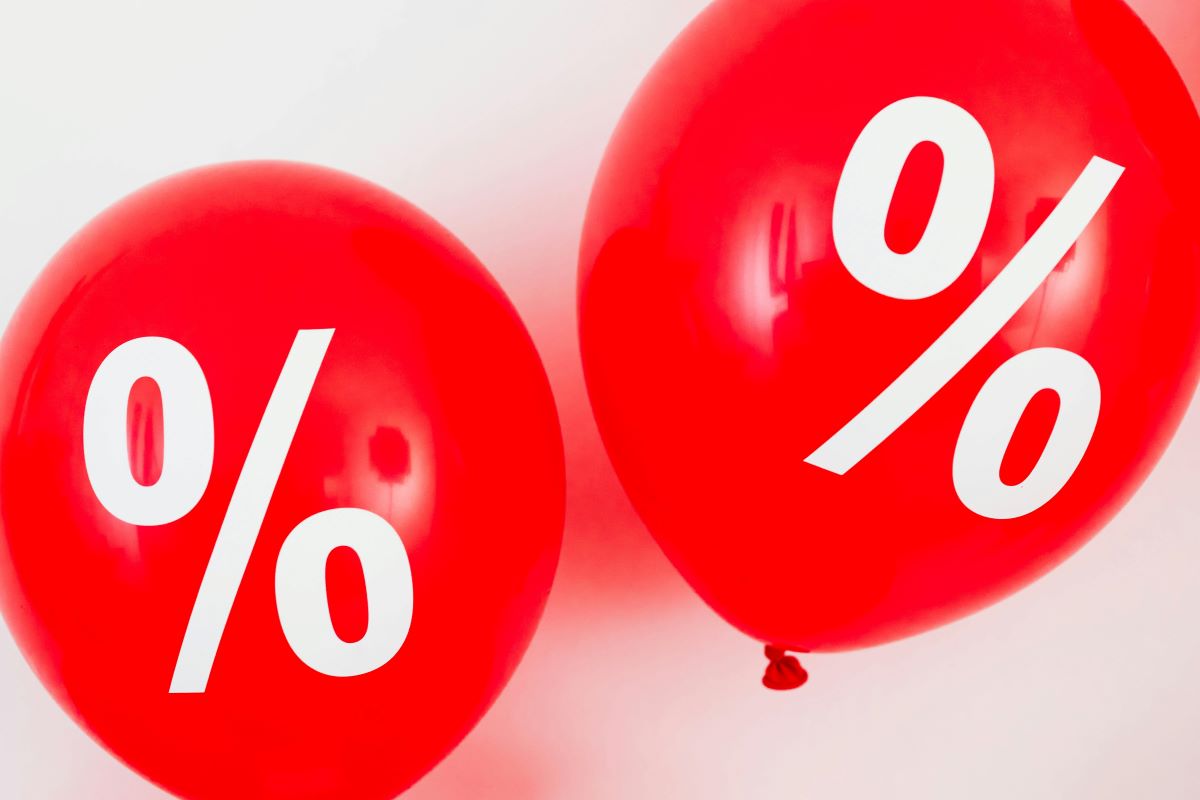
In February 2025, Tanzania experienced a slight easing in lending rates, with the overall lending rate falling to 15.14% from 15.73% in January—indicating a move toward more affordable credit. At the same time, deposit rates declined, with the 12-month deposit rate dropping to 9.48% from 10.08%, and the negotiated deposit rate easing to 11.40% from 11.80%. Meanwhile, the savings deposit rate remained low at 2.98%, offering limited incentives for household saving. The interest rate spread narrowed to 6.29 percentage points, down from 7.04 a year earlier, reflecting improving efficiency in the financial sector and potentially greater competitiveness among banks.
Interest rates in Tanzania, focusing on lending and deposit interest rates on the Tanzania Monthly Economic Review – March 2025:
1. Lending Interest Rates (February 2025)
The slight drop in the overall lending rate indicates an easing of credit conditions, potentially aimed at boosting private sector investment. However, the increase in negotiated rates might reflect higher credit risk premiums or tailored credit conditions for larger borrowers.
2. Deposit Interest Rates (February 2025)
The declining deposit rates suggest increasing liquidity in the banking system. This could reduce the incentive for savings but might help lower the cost of funds for banks.
3. Interest Rate Spread (February 2025)
A narrowing spread indicates a reduction in the cost of borrowing relative to deposit returns, signaling improved financial intermediation efficiency and potential support for economic activity through cheaper credit.
Quick Reference Table (Interest Rates, %)
| Type | Jan 2025 | Feb 2025 |
| Overall Lending Rate | 15.73 | 15.14 |
| Short-Term Lending Rate | 15.70 | 15.77 |
| Negotiated Lending Rate | 12.80 | 13.42 |
| Overall Deposit Rate | 8.31 | 8.13 |
| 12-Month Deposit Rate | 10.08 | 9.48 |
| Negotiated Deposit Rate | 11.80 | 11.40 |
| Savings Deposit Rate | 2.97 | 2.98 |
| Interest Rate Spread | 5.63 | 6.29 |
Source: Bank of Tanzania Monthly Economic Review – March 2025
1. Cost of Borrowing Is High, but Decreasing
🟢 Implication: The Bank of Tanzania may be trying to support economic activity by making borrowing slightly more attractive.
2. Return on Savings Is Falling
🔴 Implication: There’s less incentive to save, especially for ordinary savers. Money might shift toward spending or investing in assets with better returns (e.g., land, informal lending, or business).
3. Narrowing Interest Rate Spread = Improved Efficiency
🟢 Implication: The banking sector may be becoming more competitive and efficient, which is good for the economy, especially for businesses seeking loans.
📊 4. What It Suggests About Monetary Policy
In Summary:
| Observation | What it Tells |
| Lending rates slightly falling | More affordable loans, boost to investment |
| Deposit rates declining | Lower returns for savers, less motivation to save |
| Interest rate spread narrowing | Banking sector becoming more efficient |
| Savings rate remains low | May not cover inflation, discourages long-term deposits |